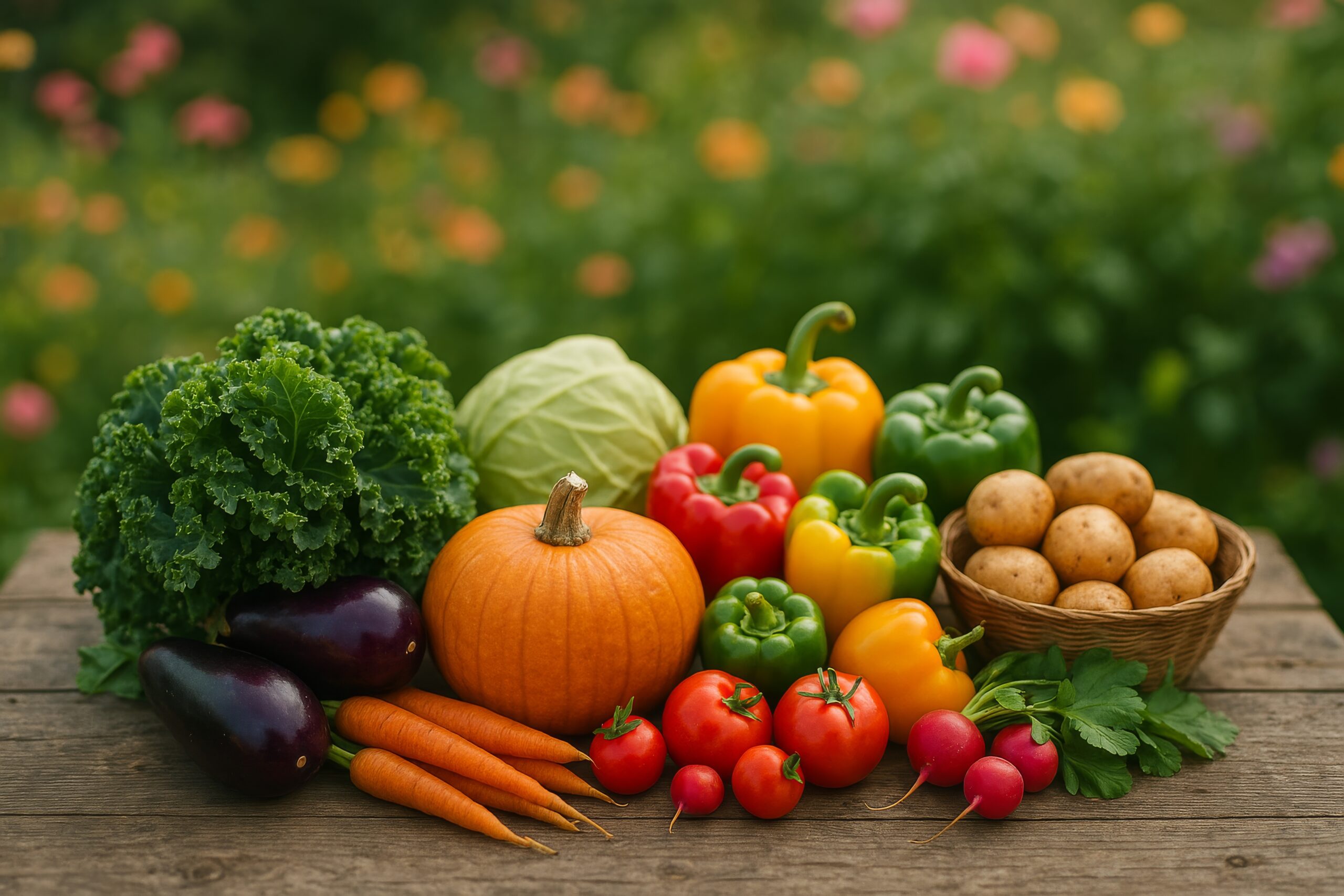Vegetable Planting Guide by USDA Hardiness Zone: When to Start Planting
If you’re eager to grow your own vegetables but unsure when to plant them, you’re not alone. Timing is everything when it comes to gardening success, and the USDA Hardiness Zone system is one of the best tools to guide you. Whether you’re growing juicy tomatoes or crisp carrots, knowing your zone will help you plant at just the right time.
In this guide, you’ll find zone-specific planting tips for some of the most popular garden vegetables — all designed to help you plan confidently and grow successfully.
—
What Is a USDA Hardiness Zone?
The USDA Hardiness Zone map divides the U.S. into regions based on average annual minimum winter temperatures. It’s used to determine which plants are most likely to thrive in your area. You can look up your zone online by entering your ZIP code.
—
Zone-by-Zone Vegetable Planting Schedule
1. Tomatoes
Keywords: when to plant tomatoes, tomato planting guide by zone
Tomatoes are warm-season crops that love sunlight and need to be planted after the danger of frost has passed.
Zone 3–4: Start seeds indoors 6–8 weeks before the last expected frost. Wait until June to transplant.
Zone 5: Transplant outdoors around May when the soil warms.
Zone 6: Begin transplanting in late April to early May.
> Pro Tip: Harden off tomato seedlings by setting them outside for a few hours each day before transplanting fully.
—
2. Cucumbers
Keywords: cucumber planting zone 3, how to grow cucumbers in zone 5
Cucumbers thrive in warm soil and dislike frost.
Zone 3: Direct sow seeds outdoors in July when the soil is warm.
Zone 4–5: Sow or transplant in late May through June.
Zone 6: Plant in mid-May after the soil has reached at least 60°F.
> Quick Tip: Use row covers early on to help retain heat and protect from pests.
—
3. Onions
Keywords: planting onions by USDA zone, growing onions from seed or sets
Onions can be grown from seeds, sets, or transplants depending on your zone.
Zone 3–4: Start indoors or plant onion sets outdoors in April or May.
Zone 5: Begin indoors early, transplant in April or May.
Zone 6: Direct sow or transplant mid-April for best results.
> Note: Choose long-day onion varieties for northern zones and short-day types for the South.
—
4. Carrots
Keywords: when to plant carrots in zone 4, carrot seed planting guide
Carrots prefer cool soil and are best grown from direct seeding.
Zone 3–4: Sow seeds directly in July for a late summer harvest.
Zone 5: Plant in late May.
Zone 6: Sow as early as April, when soil is workable.
> Tip: Avoid compact soil — loose, sandy soil helps carrots grow long and straight.
—
General Vegetable Gardening Tips
Even with the best timing, a few extra steps will set your garden up for success.
Start Indoors (When Needed)
Use seed trays with a good-quality seed starting mix. Place them in a sunny window or use grow lights to ensure strong seedlings.
Transplanting Seedlings
Before moving young plants outdoors, harden them off by gradually exposing them to outdoor conditions over 7–10 days.
Soil Preparation
Loosen soil to a depth of 8–12 inches.
Mix in compost or aged manure for nutrients.
Remove weeds and debris before planting.
Watering
Keep the soil evenly moist, especially during germination.
Avoid overwatering, which can lead to root rot or mold.
Mulching
Use straw, shredded leaves, or grass clippings.
Mulch retains moisture, prevents weeds, and regulates soil temperature.
—
Wrapping Up
With the right timing and preparation, you can enjoy a bountiful vegetable garden no matter where you live. Use this vegetable planting guide by USDA Hardiness Zone as a handy reference throughout the season. Whether you’re starting your first garden or refining your planting calendar, following zone-specific guidance is the key to success.
Primary SEO Keywords: vegetable planting guide, USDA Hardiness Zone planting, when to plant vegetables
Long-Tail Keywords: best time to plant tomatoes in zone 5, how to grow cucumbers in colder zones, gardening tips by USDA zone

